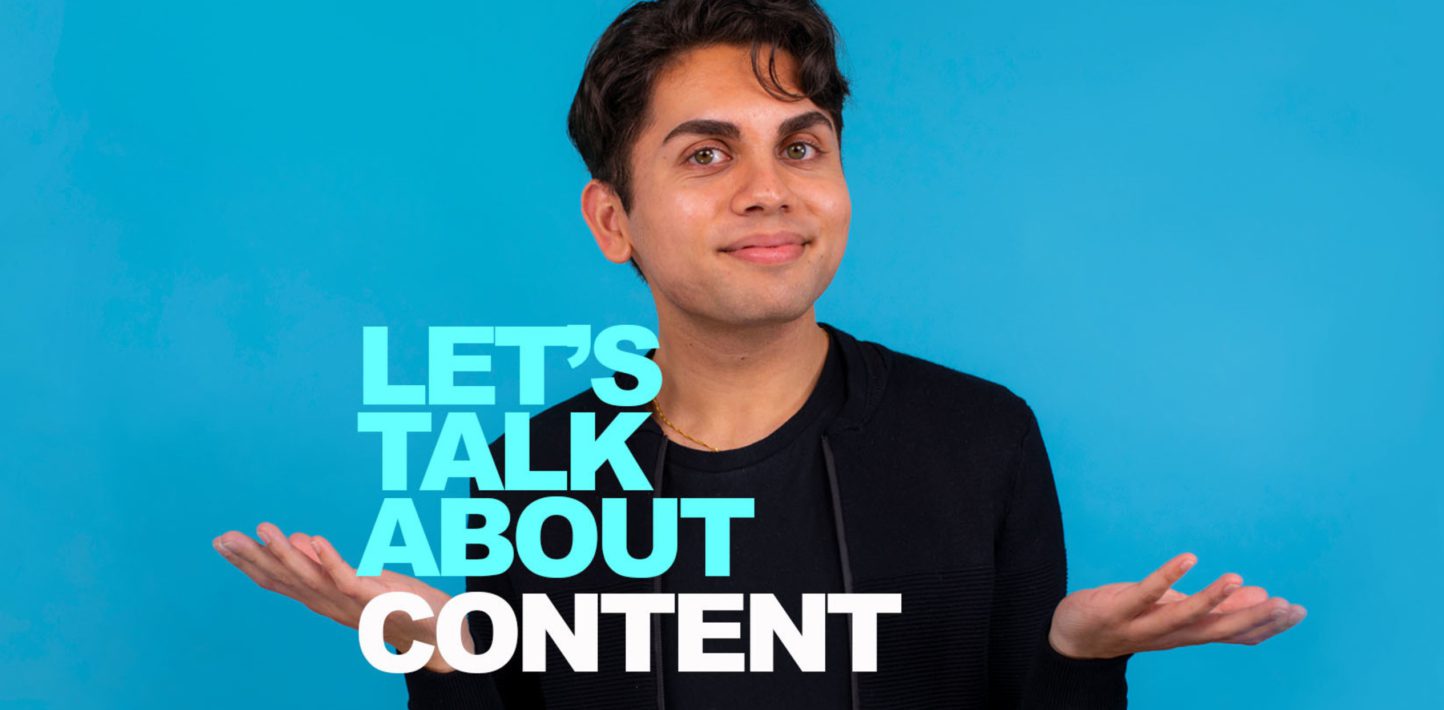One of the ways to engage other young people in conversations is through creative content on social media: memes and artwork. #LetsTalkAboutYes will focus on Instagram but you can talk about consent in whatever platform you use – as long as you feel comfortable.
Let’s get started
It might not be a straightforward task, but we hope it will be a worthwhile and rewarding process. First thing’s first: research. Once you have one or a few ideas that you think might be good, test them out. Share them with different people and see what reactions you get.
Often you can generate more ideas by sharing yours with other people.
Haven’t got an idea yet? Get inspiration from existing content: Follow #LetsTalkAboutYes, check @LetsTalkAboutYes on Instagram, and search the internet for inspiration. You might want to brainstorm with others in a group – see our blog How to run a workshop for some ideas for running creative workshops.
Create
Once you’ve settled on your idea, you need to find a way to convey it. What are your best artistic or creative skills? Have you got a secret talent? Can you draw? Take pictures? Write a song? A poem? Do you slam? Or rap? Do you have experience making animated gifs or videos? Use what you are good at to create a strong piece of content. Or simply doodle or use your words to describe what consent looks like to you. Then share it with others – across boundaries and borders – and be part of this cultural change.
A few tips for your content:
- Use a “Yes means yes” approach. Consent means actively expressing a desire to have sex in a variety of verbal and non-verbal ways. A “no means no” approach isn’t enough. Being silent – or not saying no – is NOT the same as giving consent: sexual consent must be a voluntary and free choice for all parties involved. the question is not just whether a person says “no”, but whether they say “yes”.
- Reflect different realities and diversity when you talk about consent. Check out these pieces – one on the untold stories in the #MeToo movement, and another on consensual hook-ups.
- You can talk about consent in a light-hearted manner but be respectful and mindful that rape is a serious crime with often profound impact on survivors.
- Keep it simple. Consent is not about signing a contract! And it doesn’t have to be awkward. It’s about communication and about making sure all sexual activities happen with mutual consent.
- Beware of reinforcing gender stereotypes and avoid sexualised images to reach audiences or seek attention. This is not appropriate and triggers unwanted conversations.
- Help to refute harmful stereotypes and myths about sexual violence. Be aware that “mythbusters” can end up reinforcing the myth in people’s minds rather than discrediting it, if you put a lot of emphasis on the myth and not the reality. Always keep at the front of your mind that the only person responsible for rape is the perpetrator, no matter the circumstances.
- Use numbers and surveys of attitudes to show the reality.
- Think about your audience: be inclusive – include men but ensure that your content and strategies to pursue different targeted audiences recognise and respect the leading role of survivors and women’s groups in the struggle for change.
- Be inclusive and respectful of people who don’t understand the issue but want to engage in a conversation.
- Ask a question or challenge the audience to participate. A quiz can work well.
- Use humour – with respect: something that makes you smile or laugh is more likely to be shared.
- People love stories. Not just Instagram stories, but a personal journey or how a challenge has been overcome, if shared willingly. If a story might trigger traumatic reactions or emotions, warn the audience beforehand. Do not use other people’s stories without their consent. If a survivor’s story is already in the public domain through press or social media, reach out to them to say you’d like to reflect on their experience and always ask for their consent. Avoid asking survivors to retell their stories repeatedly if it isn’t necessary, to avoid re-traumatising them. The experience of being overpowered and their consent not sought is at the core of survivors’ traumatic experiences.
- Social media content that meets Instagram guidelines can generally work on most other social media channels. For images, animations or videos, check online to ensure that you’re using the right format. There are lots of online guides, like this one on Instagram dimensions.
You’ll find plenty more creative guidelines in our full toolkit, including tips on how to increase social media engagement. Take a look at the next blog in this series for more guidance on how to talk about consent, avoid pitfalls and help debunk misconceptions – not reinforce them.


